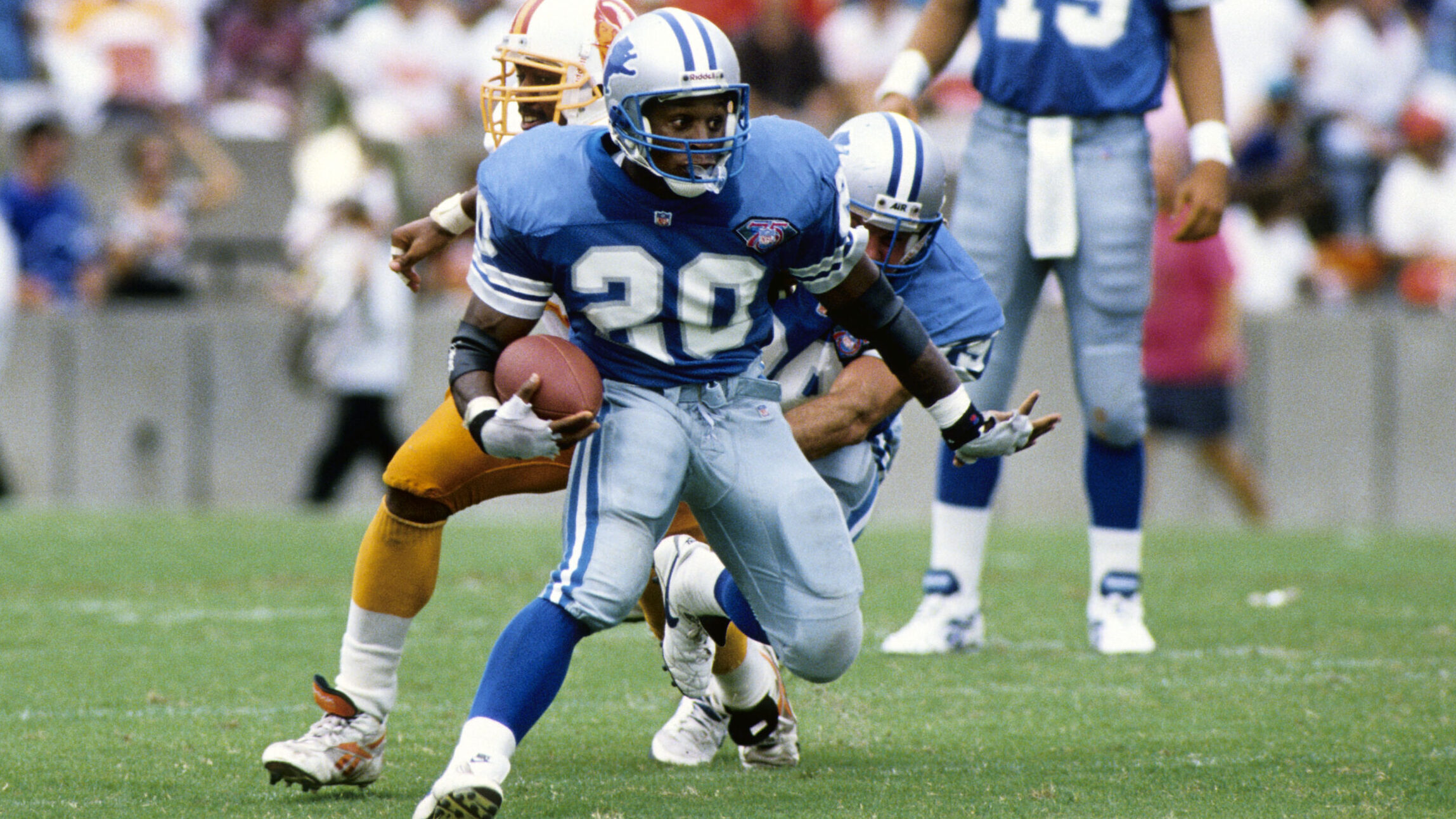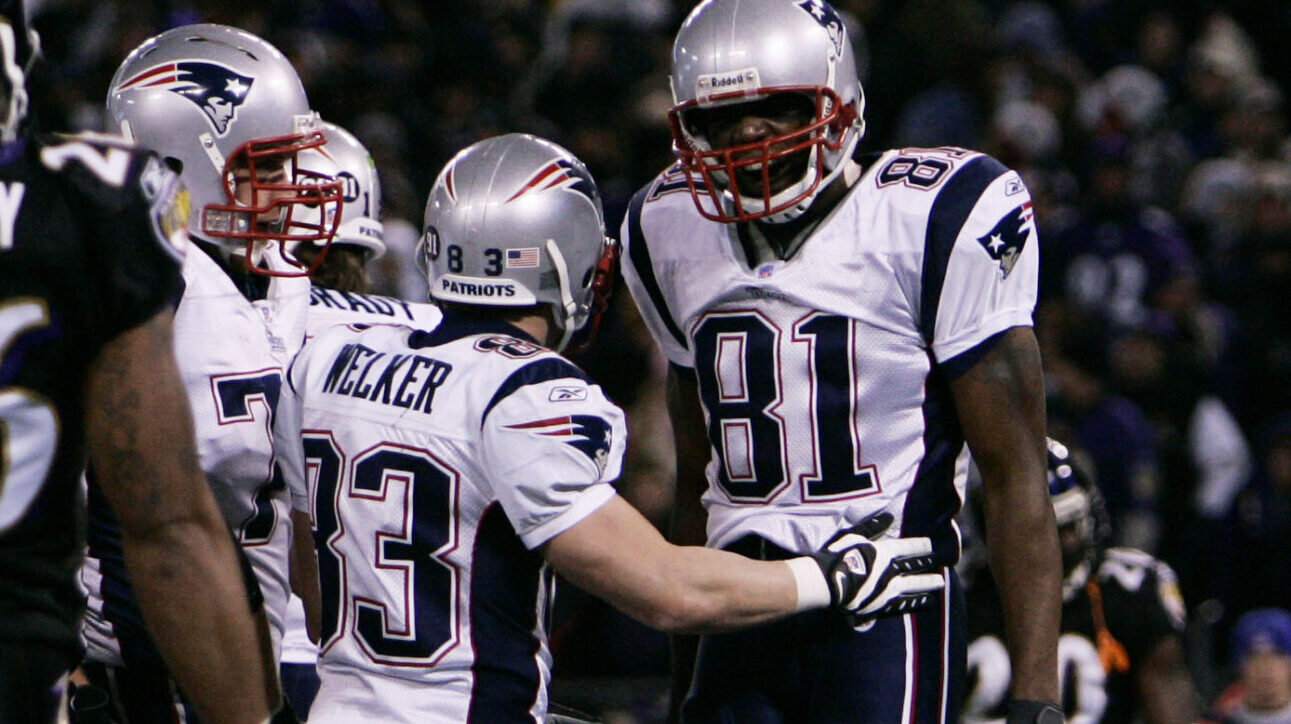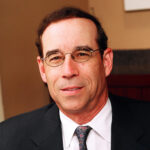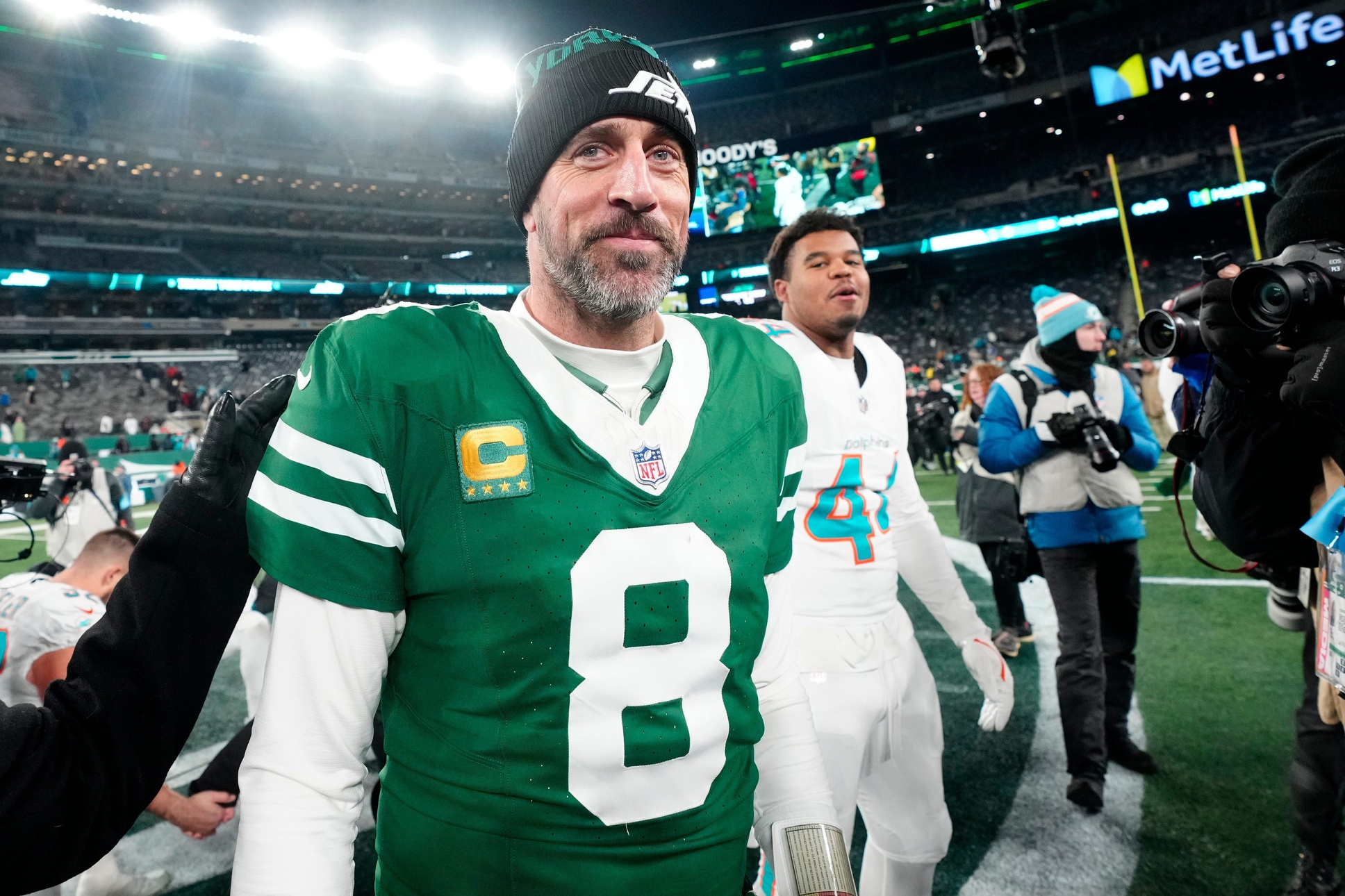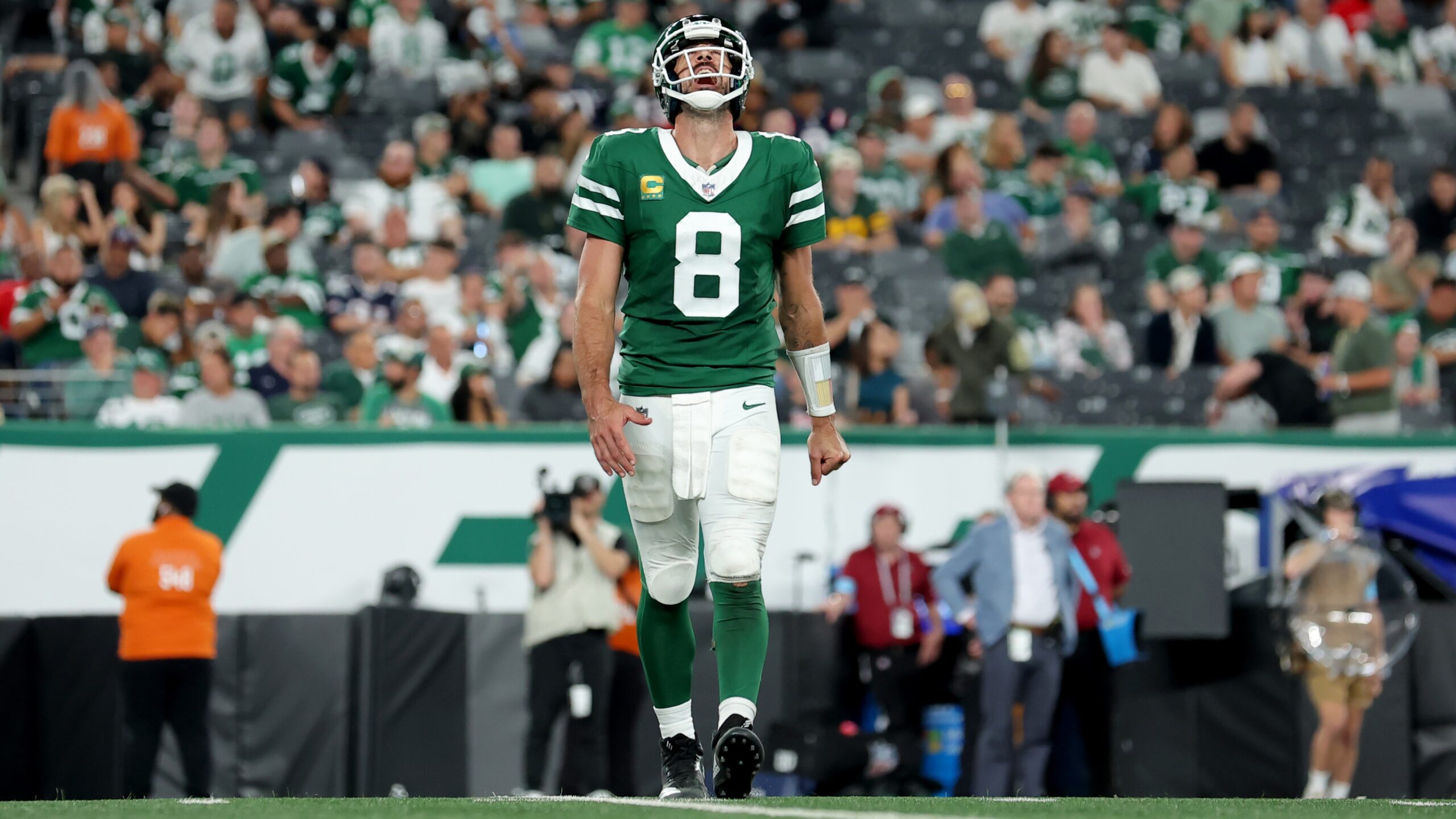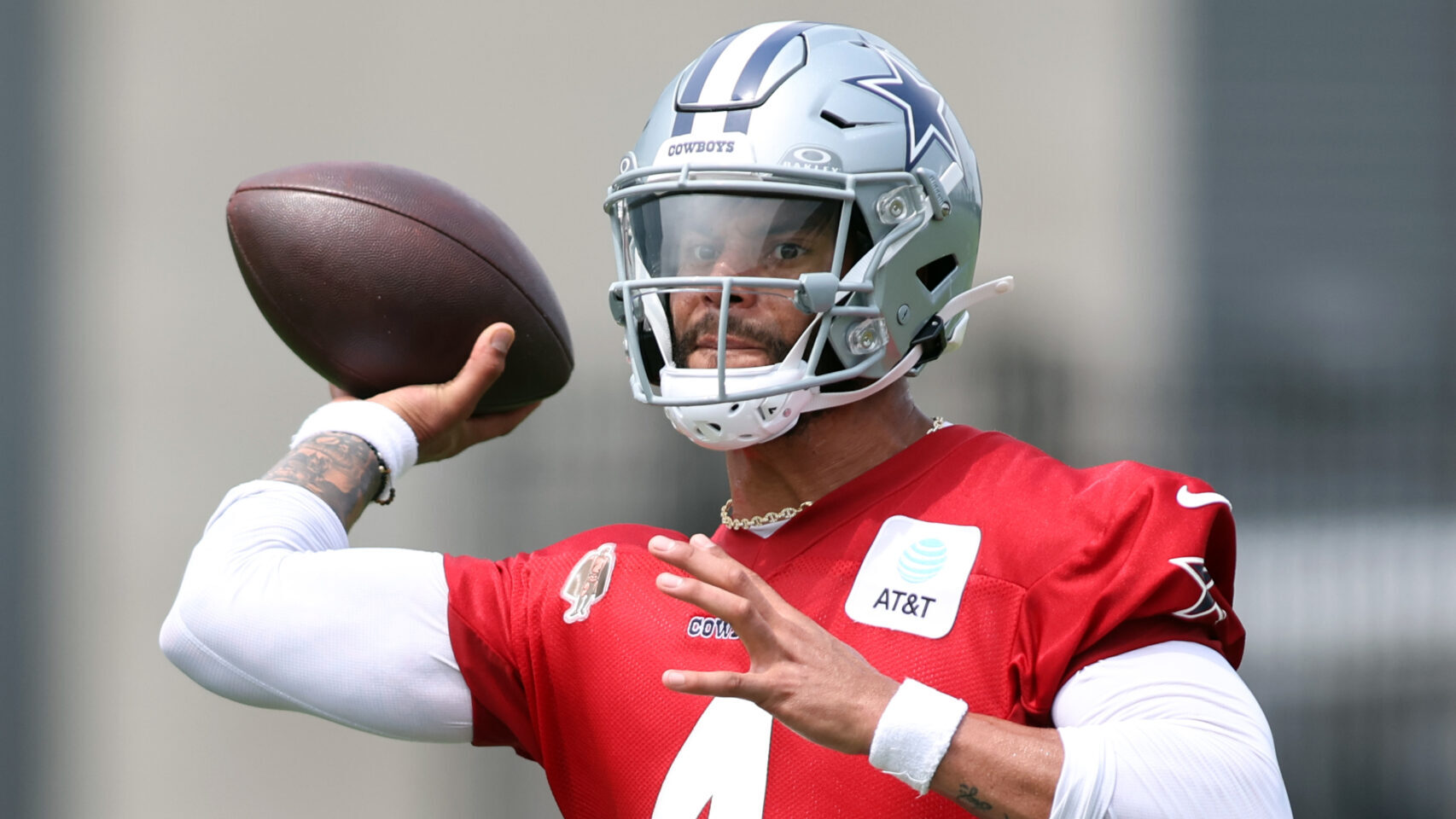Analysis
7/4/23
6 min read
Fourth of July, Fireworks, Explosive Players and the NFL

It's the Fourth of July, a time when the country celebrates its independence with fireworks. Brilliant, glowing colors come from different metallic elements. When the chemicals in fireworks burn, energy is released in the form of light.
That’s why the NFL should recognize every July Fourth as “Al Davis Day,” in honor of the late coach, general manager and owner of the Oakland Raiders — the most explosive personality in the long history of football, who just so happened to be born on July 4, 1929.
Davis' Influence on Explosive Players
Unlike the holiday on which he was born, Davis was not known for bright, brilliant colors. He personally selected the team’s silver-and-black uniforms. But Davis lived for explosive offenses. He was one of the first to recognize “you can’t teach speed.” He scoffed at offenses that didn’t feature his beloved vertical passing game.
That’s why Davis drafted Cliff Branch in the fourth round of the 1972 draft. Branch caught only 13 passes in 11 games in his senior season at Colorado, but he averaged more than 25 yards per reception.
That’s also why Davis signed James Jett as an undrafted free agent in 1993. Jett caught only 19 passes in his senior season at West Virginia, but he averaged more than 20 yards per catch. He was also a collegiate track star, earning a spot on the 4x100-meter U.S. Olympic team that won the gold medal in the 1992 Summer Olympics.
Jett ran the first two rounds of the 4x100 in Barcelona, then gave his spot in the finals to Carl Lewis. The thinking was: If Jett can run with the world’s fastest men, he can beat downfield coverage, right? So the Raiders signed him. In his rookie season, Jett led the NFL with 23.4 yards per reception.
Explosive Players of Yesteryear
While Davis was explosive in so many ways, he wasn’t the only dynamic personality in the NFL.
When talking about explosive talent, you don’t have to look much further than “Bullet” Bob Hayes. During his career, he scored a touchdown nearly once every five times he touched the football.
Hayes’ gold medal-winning performance in the 100 meters at the 1964 Olympic Games in Tokyo earned him the title of “World’s Fastest Human.” The Cowboys selected him in the seventh round of the 1964 draft, and he went on to have a Hall of Fame career.
Hayes had 18 touchdowns of 50 yards or more. He led the NFL in touchdowns in his two seasons. He scored 25 touchdowns in his first 27 games.
But Hayes didn’t have the most explosive performance by an NFL player in the 1960s. That would belong to Gale Sayers, nicknamed “The Kansas Comet.”
When comets get near the sun, they start to heat up and release gases and dust, creating a bright trail that stretches behind them for millions of miles. Comets — like Sayers — are frozen time capsules that remind us of the time when the sun and planets were (or, in this case, the NFL was) forming.
Sayers was probably the greatest kick returner of all time. In his 14-game rookie season with the Bears, he scored a record 22 touchdowns.
On December 12, 1965, Sayers scored six touchdowns. He had an 80-yard reception, an 85-yard punt return, a 50-yard rush and a 21-yard rush. And he scored on two other short rushes.
Sayers’ career lasted just seven seasons. But “The Kansas Comet” exploded on the football field.
As everyone who ever fooled around with fireworks a little as a kid knows, you get plenty of duds. Not every explosive erupts. But when one of the fuses connects perfectly, you’ve never seen such beautiful fireworks. That occasionally happened with Barry Sanders. Bill Parcells used to tell me about Sanders: “You can stop him for a loss of 3, four plays in a row, but eventually, he’ll get you.”
There was a game in 1997 when Sanders and his Detroit Lions went up against the Tampa Bay Buccaneers. Their head coach, Tony Dungy, was a pretty good defensive coach, and he had a future Hall of Famer at every level of his D: defensive lineman Warren Sapp, linebacker Derrick Brooks and safety John Lynch.
On Oct. 12, 1997, the Lions defeated the Buccaneers, 27-9. Sanders ran the ball 24 times. Tampa Bay stopped and tackled him 22 of those times, and the defense only allowed him 53 yards on those carries. But there were those other two carries.
In the first quarter, Sanders had an 80-yard touchdown run to give the Lions a 7-3 lead. In the third quarter, Sanders had an 82-yard touchdown run that gave the Lions a 17-9 lead.
But there have been explosive receivers more recently, too.
Recent Big-Play Threats
Randy Moss had 66 touchdowns of 30-plus yards, and his brilliance and explosiveness had longevity. He torched defenses from the beginning of his career. In his first NFL game, he had a 48-yard score and a 31-yard score.
The best part of fireworks displays is the end, and such was the case with Moss’ career. Long after the Randall Cunningham days in Minnesota and after the Tom Brady connections in New England, Moss was still doing his thing. In 2012, at the age of 35, Moss caught his final touchdown. If you really want a good trivia question, ask your friends which quarterback connected with Moss for his final touchdown. (The answer is Colin Kaepernick.)
As explosive as Moss was, the most explosive receivers I’ve ever seen are Tyreek Hill and Odell Beckham Jr., but I’m talking about Beckham Jr. who showed up to the NFL in 2014, not the Beckham Jr. you’ll see this year with the Ravens. I'm not talking about the one who played briefly for the Los Angeles Rams or the one who played for the Cleveland Browns for a few years or the post-fractured ankle. We're talking about the one who played for the New York Giants.
When he made his NFL debut, Beckham was electrifying as any player has ever been. From near-impossible catches to confrontations with cornerback Josh Norman to punching a wall in a visiting team’s locker room, there were always fireworks when Beckham was around.
In the last nine games of that 2014 season, he had 1,199 receiving yards (more than 133 yards on nine catches per game) on a middling 6-10 team.
Then, there’s Hill. He reached 23.24 mph on a kickoff return against the Houston Texans in his rookie season. Hill was a track star in high school whose personal-best 200-meter time of 20.14 seconds would have been good enough for sixth place at the 2016 Olympics in Rio de Janeiro.
As a rookie, Hill scored nine offensive touchdowns on only 85 total touches, plus three more scores on his 53 return attempts. He was the best return man in the NFL. Davis would have loved Hill, even if he did spend the first six years of his career with the Kansas City Chiefs.
Elliott Kalb has been known in the sports television industry as "Mr. Stats" for more than 35 years. He is a 13-time Sports Emmy winner as a writer, researcher and producer. Follow him on Twitter @MrStats50.

